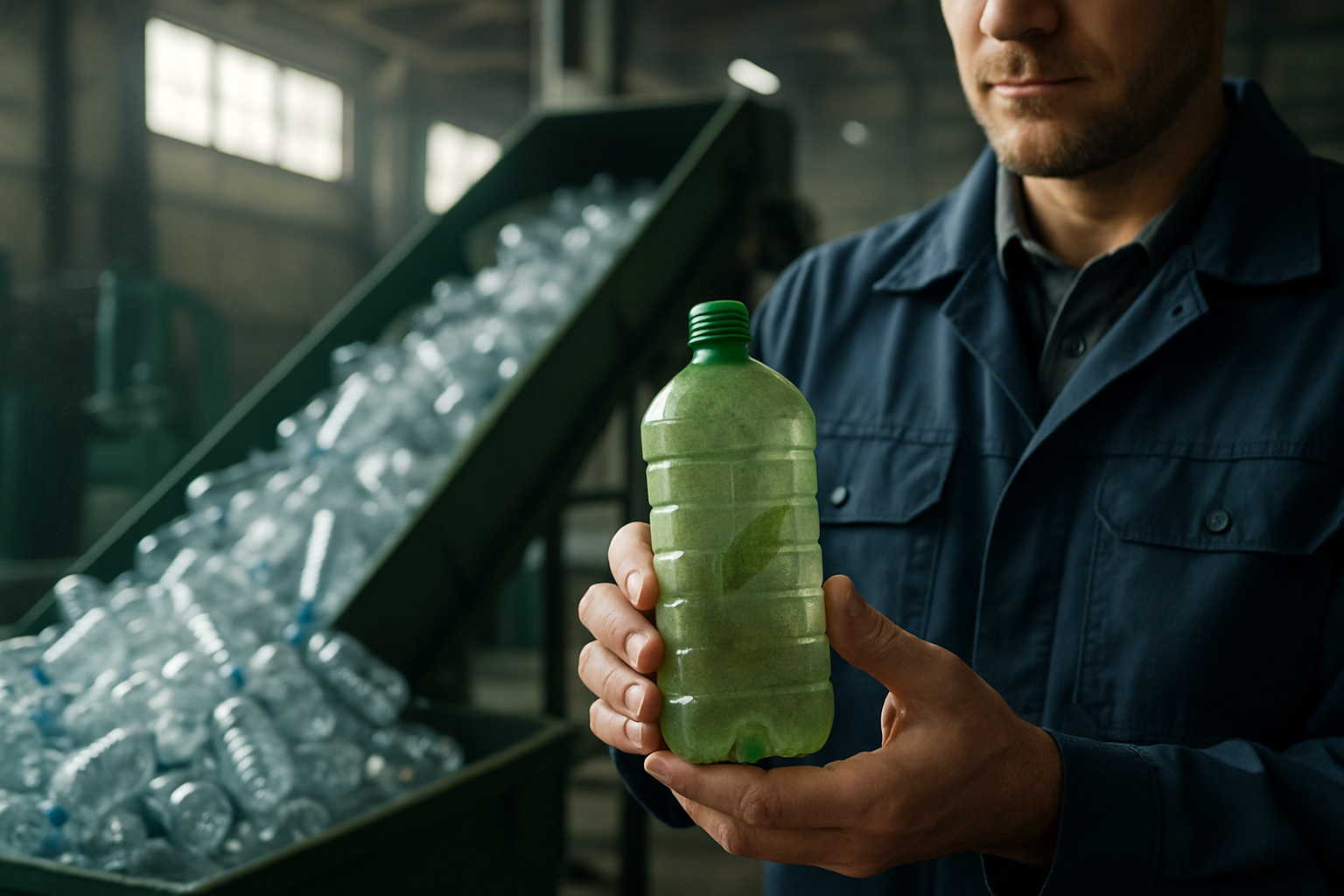Sustainability Strategies for Reducing Plastic and Waste in Filtration
This article explores practical sustainability strategies to reduce plastic waste in filtration systems, covering membrane choices, cartridge lifecycle, maintenance practices, and monitoring approaches that support longer-lasting, lower-waste installations and improved system efficiency.

Reducing plastic and waste in filtration requires a systems approach that balances performance with longevity. Sustainable filtration strategies prioritize durable components, modular designs, and maintenance practices that extend the life of membranes and cartridges while minimizing single-use plastics. This article outlines specific materials, operational choices, and monitoring practices that help lower environmental impact without compromising contaminant removal, taste, or certification standards.
What is sustainable filtration and why does it matter?
Sustainable filtration addresses both the immediate need to remove contaminants and the longer-term environmental footprint of the system. Beyond basic filtration performance, sustainability emphasizes reducing disposable parts, choosing recyclable materials, and improving efficiency to lower energy and water waste. Considering lifecycle impacts—from production to disposal—helps reduce plastic waste associated with cartridges, housings, and packaging while maintaining standards for chlorine, fluoride, and other contaminants.
How do membranes and carbon filters compare for sustainability?
Membrane technologies (including reverse osmosis and ultrafiltration) and carbon filters serve different roles in contaminant removal. Membranes can remove a broad range of contaminants but often produce a reject stream and use more energy, affecting overall efficiency and water waste. Carbon filters are effective for chlorine and taste compounds and often require less energy. Sustainable choices include higher-durability membrane modules, activated carbon sourced from responsibly managed feedstocks, and hybrid systems that use carbon pre-filters to extend membrane life and reduce cartridge turnover.
Can cartridge and sediment strategies reduce plastic waste?
Cartridge design is central to reducing plastic waste. Reusable housings with replaceable media or refillable cartridges reduce single-use plastics compared with fully disposable units. Sediment pre-filters protect downstream media, extending overall cartridge life and reducing frequency of replacements. Selecting cartridges made from recyclable polymers or biodegradable components, and supporting take-back or refill programs, can lower landfill contributions. Proper sizing and staged sediment removal also improve efficiency and reduce clogged cartridges that would otherwise be discarded prematurely.
How to manage chlorine, fluoride, and other contaminants sustainably?
Targeted contaminant strategies limit unnecessary replacement and waste. For chlorine and taste issues, carbon blocks or granular activated carbon can be optimized for long run times and easy change-outs. Fluoride removal commonly relies on specialized media or reverse osmosis; when using RO, consider systems designed for minimal reject and energy recovery. Monitoring contaminant loads helps avoid replacing media based on time alone; replacing only when performance metrics indicate breakthrough reduces wasted cartridges and materials while ensuring water safety and taste.
What installation, maintenance, and certification practices support sustainability?
Proper installation and maintenance increase component longevity and system efficiency. Correct installation reduces leaks and unnecessary water loss; regular maintenance—flushing, pre-filter changes based on measured pressure differentials, and scheduled monitoring—prevents premature cartridge disposal. Choosing products with recognized certification for performance and materials can also indicate lower environmental risk. Local services and certified technicians can ensure installations meet standards while promoting repair over replacement and supporting reuse programs for cartridge waste.
How does monitoring, taste, and efficiency relate to waste reduction?
Active monitoring of flow rates, pressure, and water quality is critical to optimize replacement intervals and maintain taste quality without excess waste. Sensors and simple tests for contaminants let users shift from time-based replacement to condition-based maintenance, reducing unnecessary cartridge turnover. Improving system efficiency—through low-waste membranes, optimized pressure management, and staged filtration—reduces both plastic waste and overall resource consumption while preserving taste and contaminant removal.
This article is for informational purposes only and should not be considered medical advice. Please consult a qualified healthcare professional for personalized guidance and treatment.
Sustainable filtration starts with design choices and extends through day-to-day operation. By prioritizing durable membranes, refillable or recyclable cartridges, sediment pre-filtration, targeted contaminant strategies for chlorine and fluoride, and condition-based monitoring, organizations and households can reduce plastic waste and improve long-term efficiency. Certification and proper installation support these steps, and maintenance practices that emphasize repair and reuse further limit disposal. Thoughtful integration of these strategies helps deliver safe, palatable water with a smaller environmental footprint.




